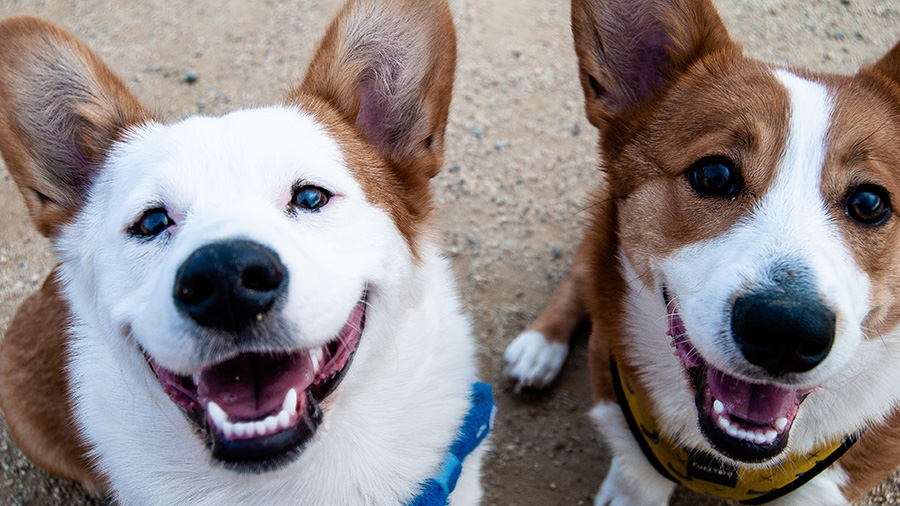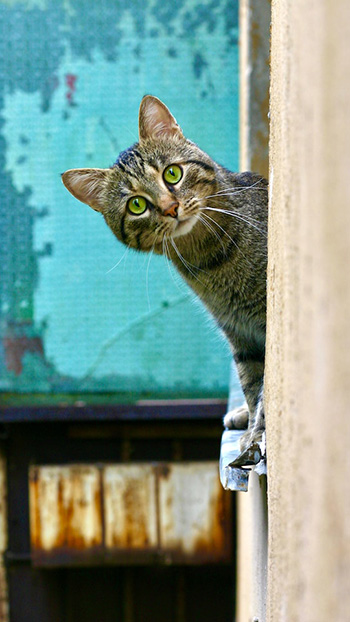The State of the Medical District Veterinary Clinic
(from Dr. Sullivan’s perspective)

We’ve Seen Some Changes
Change was happening within the veterinary profession even before the pandemic, but change has drastically accelerated over the past four years.
Today, there is a veterinarian and veterinary staff shortage, expenses have increased more than inflation, and the demand for veterinary care has increased. This has resulted in overworked and tired veterinary professionals.
At Medical District Veterinary Clinic, we have always striven to maintain a healthy work-life balance for our staff. Despite these recent challenges, we remain committed to that goal. This blog post shares the facts about the impact of changes on our clinic and what that means for our clients.
Lots of Growth in Veterinary Medicine
Since the start of the pandemic there has been:
- An increase in demand for veterinary services (and an increase in consumer spending overall)
- An increase in pet ownership in the US, from 67% of households to 70% of households (according to US News and World Report)
- An increase in spending on pets in the US, jumping 19% between 2020 and 2021 for a total of $123.6 billion annually (according to Forbes)
On grooming, pet food, veterinary care, and luxury pet items, households are spending more than ever before. The largest group of pet owners is millennials, making up 32% of pet owners, followed by baby boomers at 27%.
While on the surface, this sounds great for the veterinary industry, it has resulted in stress across the profession. Veterinarians, veterinary technicians, and support staff have been stretched thin. The staffing issues that already existed within the profession were made worse by the acute, dramatic change in demand.
Growth at Medical District Vet Clinic
Things were no different at our practice. At the height of the staffing challenges, we had veterinarians and support staff seek positions at other practices, leaving us short-staffed and unable to meet our client demand. Unfortunately, this resulted in our inability to meet all our patients’ needs, and we had to deal with many frustrated and upset clients. As a result, staff and veterinarians were further discouraged and facing burnout.
Fortunately, we were able to recruit and hire three veterinarians and three certified veterinary technicians. We are very lucky to be in a position to offer competitive salary and benefits packages to aid in recruitment. We are now fully staffed and able to provide staff with work-life balance while also having availability to see patients in a timely manner.
But Also Some Negative Developments
Negative effects on the veterinary industry since COVID include large increases in both overall expenses and no-show appointments.
A trend for increased veterinary expenses over the past few years saw the biggest bump up in late 2022/early 2023. Drug and medical supplies, laboratory costs, and staffing costs have all increased. Total costs have increased at a rate higher than US inflation.

We have also seen a disappointing client trend, at our clinic and across the industry: a large increase in no-show appointments. We noticed this trend months ago and started tracking no-shows. We changed our confirmation protocol to help owners remember upcoming appointments, but that did not seem to make much difference.
March 2023 was by far our worst month: we had 92 no-shows. This is 92 more patients we could have helped or not had to refer to an emergency clinic if clients would have just called to let us know they would not be coming. As an existing client, you might be thinking this issue must be related to new clients, and you are partially correct. However, almost two-thirds of our no-shows are existing clients.
To combat this alarming new trend, we and other practices have implemented measures including cancellation/no-show fees or deposits required to book appointments.
How We Are Responding to These Trends
So what changes you can expect at the Medical District Veterinary Clinic? We will continue to strive to provide exceptional, high-quality veterinary care, while also providing our staff with the support to maintain a healthy work-life balance.
Because of the overall increase in expenses, we must increase prices to meet our costs. However, our prices for long-term medications will continue to match PetMeds’ online prices (see chart). Offering these medications at competitive prices provides convenience to our clients and allows us to help with clients’ issues or questions regarding pharmaceuticals. You also help us maintain that revenue stream when you purchase your pet’s medications from us instead of online.
| PetMeds Price-Matched Medications |
|---|
| Heartgard Plus (6/12 packs) |
| Sentinel Spectrum (6/12 packs) |
| NexGard (6/12 packs) |
| Simparica Trio (6/12 packs) |
| Senergy Cats (6/12 packs) |
| Rimadyl Chewable Tablets (60/90/180 count) |
| Deramaxx Chewable tablets (30/60/90 count) |
Beginning in May, we will also be instituting a deposit to book an appointment for all new clients as well as for existing clients who have a history of no-show.
We understand that sometimes life gets in the way, things happen, and clients may occasionally miss appointments. Unfortunately, the trends we are seeing have left us without another option. The deposit will be refundable if the appointment is canceled prior to 24 hours before the scheduled appointment. Please see here for the complete policy.
Thank you!
Lastly, I want to thank you all for trusting us in caring for your pets. I can speak on behalf of all the staff at Medical District Veterinary Clinic: We truly love what we do and daily have your pet’s best interest in mind.
Please don’t hesitate to reach out with any questions or concerns. Or compliments! Compliments for staff and doctors are always greatly appreciated.
Truly,
Drew Sullivan, DVM
Director, Medical District Veterinary Clinic
